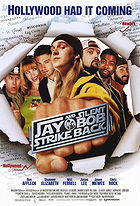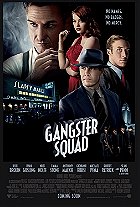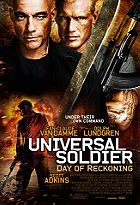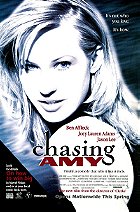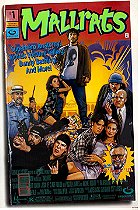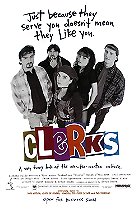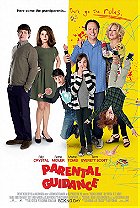Any cinema lover worth their salt has watched Alfred Hitchcock's Psycho more than once, but it is doubtful that many are actually aware of the story behind its creation. Based on Stephen Rebello's non-fiction book Alfred Hitchcock and the Making of Psycho, director Sacha Gervasi's Hitchcock is an engrossing biopic that delves into the Master of Suspense's professional and personal life with colourful zest. Although it contains a few re-enactments of on-set activities, Gervasi's adaptation predominantly focuses on Hitchcock's relationships with the people around him. It's not quite the masterpiece it had the potential to be, but Hitchcock is an acutely enjoyable film and a treat for anyone who loves movies.

Riding high on the smashing success of 1959's North by Northwest, Alfred Hitchcock (Anthony Hopkins) is at a loss about what project to pursue next. While the studios are clambering for more of the same, Hitch is disillusioned by the critics who believe he is creatively declining and is too old to be at the top of his game. Seeking to make a picture that breaks modern convention, Hitch picks up a copy of Robert Bloch's novel Psycho, which took its inspiration from the murders committed by madman Ed Gein (Michael Wincott). Paramount executives, however, refuse to fund the picture due to its disturbing content. Accordingly, Hitchcock makes the bold decision to mortgage his house and finance the movie himself. Working with a talented team including writer Joseph Stefano (Ralph Macchio) as well as stars Janet Leigh (Scarlett Johansson), Anthony Perkins (James D'Arcy) and Vera Miles (Jessica Biel), Hitch faces immense pressures as he struggles to shoot the audacious thriller. Complicating the situation is his wife and collaborative partner, Alma Reville (Helen Mirren), who begins showing interest in collaborating with writer Whitfield Cook (Danny Huston).
While Hitchcock deals with all production stages throughout the making of Psycho, it's more focused on the relationship between Alfred and Alma. Screenwriter John J. McLaughlin (Black Swan) takes tremendous creative liberties in his depiction of the pair, introducing an infidelity subplot that heightens the dramatics of the picture and reinforces the importance of Hitch's primary creative consultant, who was instrumental in his success. It's a trite subplot, but it makes the triumph of Psycho's success feel more earned. Likewise, McLaughlin uses dream sequences and fantasies in which Hitch converses with Ed Gein, which do not entirely work but are nevertheless an interesting touch. However, those hoping to see more action on the set of Psycho will likely be disappointed, as Hitchcock focuses more on the man's life rather than the production. This idea is not inherently bad, but more production detail would have improved the overall experience since Gervasi skims over a lot of the filming. For example, the shooting of the shower scene feels underdone, and we never see filming take place on the iconic exterior of the Bates Motel/House set.
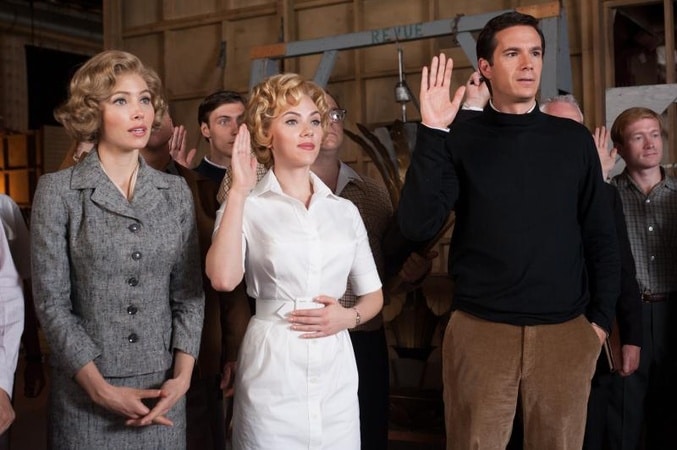
Despite its script shortcomings, Hitchcock is a quality motion picture from top to bottom. Gorgeously shot by Jeff Cronenweth (The Social Network) and ideally scored by Danny Elfman (Men in Black 3), Gervasi and his crew clearly put every dollar of the budget to great use. Additionally, the film bursts with period detail, showcasing lovely costumes, spot-on make-up (which earned an Oscar nomination), and gorgeous production design. Most people would expect a film like Hitchcock to be self-serious Oscar bait, but it's more in the vein of Tim Burton's Ed Wood, as it's fun and accessible. It's purely joyous to watch Mr. Hitchcock waiting outside a cinema showing Psycho, his anxiousness about the audience's reaction turning to giddy elation when the shower scene elicits endless screams that carry into the lobby. The film is also full of fun historical anecdotes: Hitch indeed purchased every copy of Psycho nationwide to prevent the movie-going public from finding out the ending, and the filmmaker initially refused to add music to the infamous shower scene. Plus, watching Hitch meet with the censorship board to convince them to approve the shower scene is supremely enjoyable.
Anthony Hopkins is an expectedly delightful Alfred Hitchcock. Under the extensive make-up and fat suit, Hopkins embodies the filmmaker and adopts his mannerisms to fantastic effect, delivering a rich performance that amounts to more than mere imitation. Hopkins makes Hitch feel like a real person with lovable characteristics and a vulnerable side, and it's a massive shame that he failed to earn an Oscar nomination. Alongside him, Helen Mirren is every bit as brilliant as one would expect from the veteran actress. She walks away with the movie, portraying Alma as commanding, sassy, and vivacious. She also imbues the role with humanity, making her wholly credible. Watching acting heavyweights Hopkins and Mirren as a screen couple is a unique treat - they are dynamite together. Admittedly, the actors do not look much like their real-life counterparts, but their performances are so well-rounded, consistent and focused that it's easy to buy them as Alfred and Alma. Luckily, an enormously talented supporting cast surrounds the pair. Scarlett Johansson and Jessica Biel shine as starlets Janet Leigh and Vera Miles, and both ladies look fantastic in vintage clothes. Meanwhile, James D'Arcy perfectly embodies Anthony Perkins's twitchy discomfort, making him an ideal choice to play the actor. Likewise, the reliably charismatic Michael Stuhlbarg makes a positive impression as Hitch's agent, while Michael Wincott is a suitably sinister Ed Gein, and Kurtwood Smith has a few amusing moments as the head of the censorship board.

Hitchcock is a delightful exploration of the titular man, his creative wife, and their risky gamble to scare the movie-going public with Psycho. Things particularly take off once the film's release comes into view, and we smile in giddy delight alongside Hitchcock when Psycho develops into a smashing success. This biopic is not as remarkable as Hitch's best achievements, but it is enormously fascinating and entertaining. Plus, Gervasi tempers the film's serious moments with well-judged comic relief, and it's book-ended with Hitchcock speaking to the camera in the vein of TV's Alfred Hitchcock Presents. This buoyant, mischievous tone mixed with the strong storytelling, lush period recreations and magnificent performances make Hitchcock such a delight from start to finish.
8.2/10
 Login
Login
 Home
Home 183 Lists
183 Lists 1674 Reviews
1674 Reviews Collections
Collections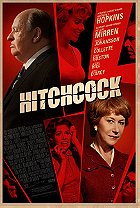
 0 comments,
0 comments, 